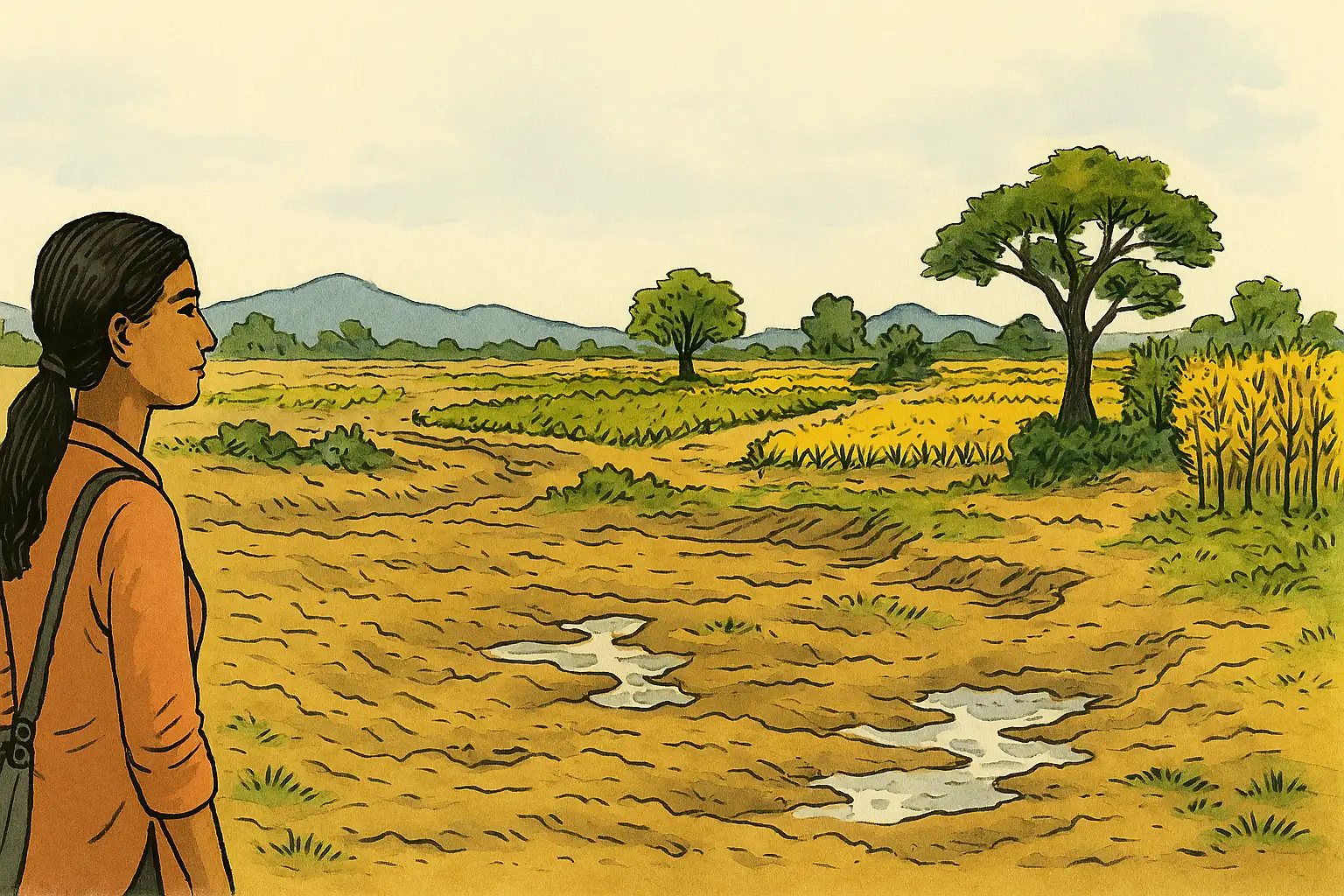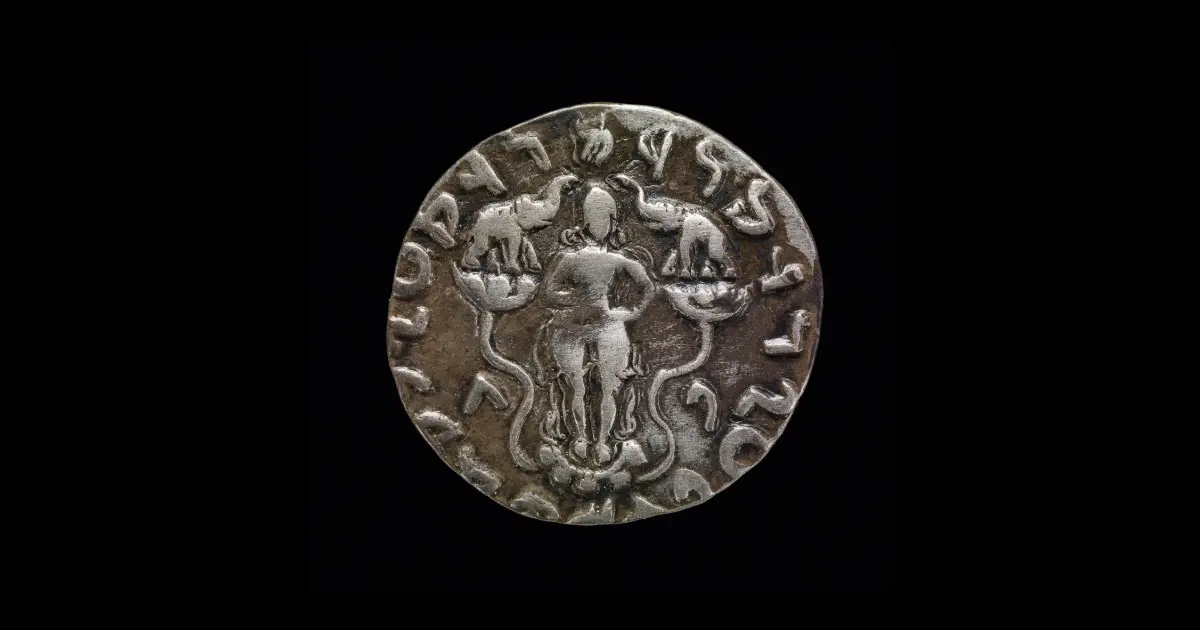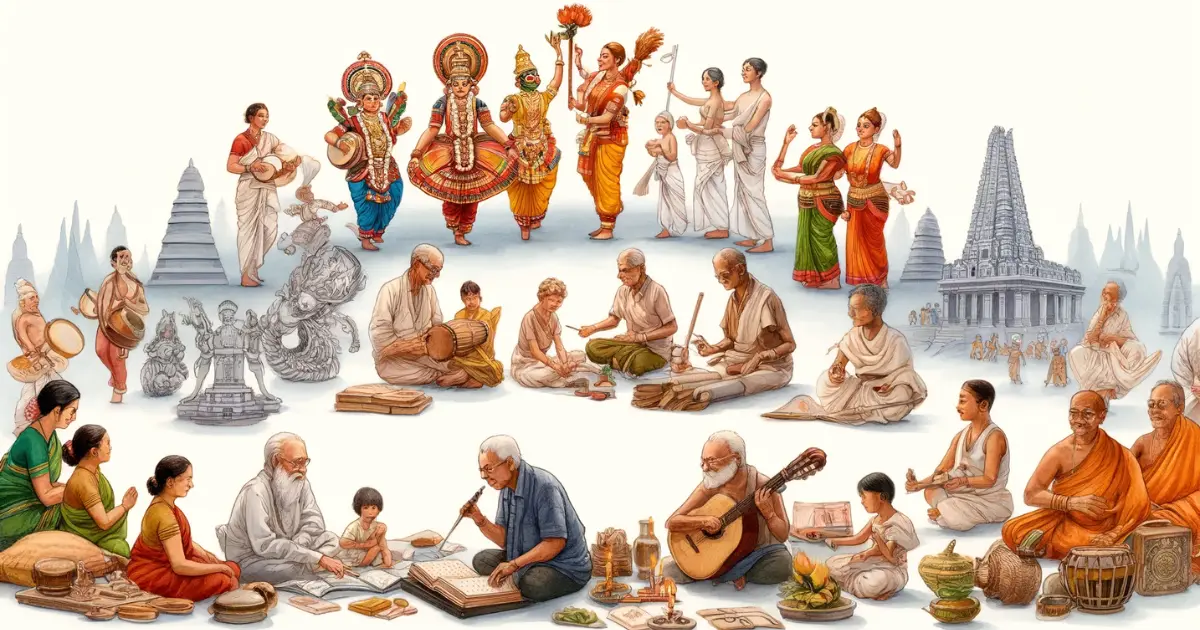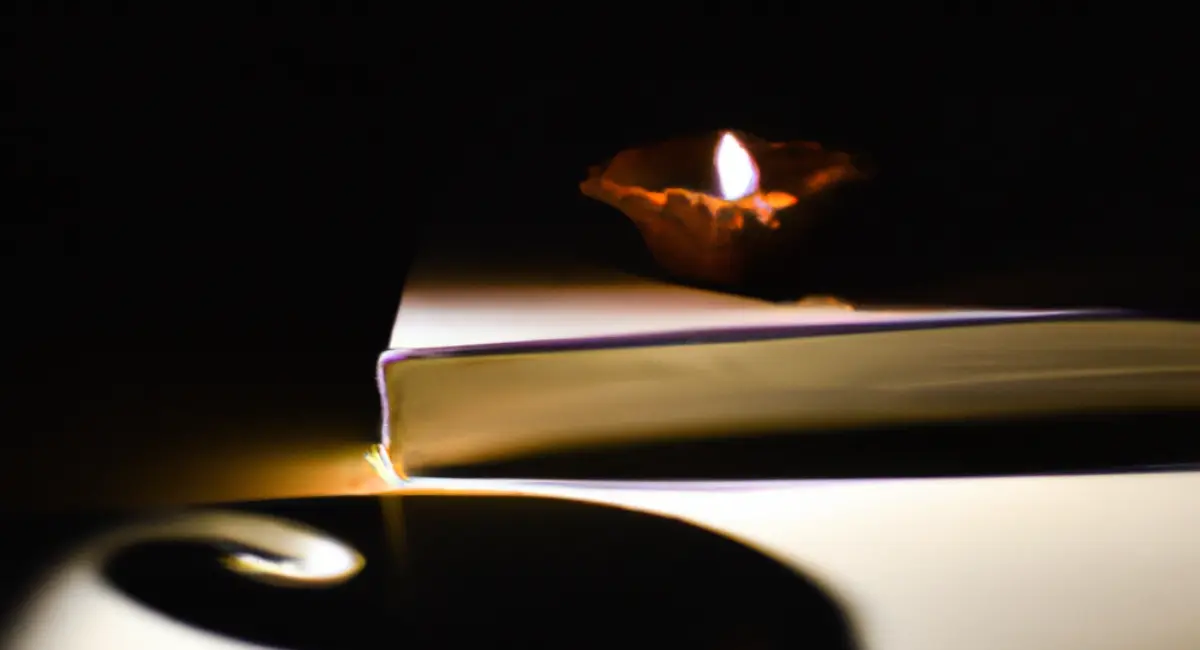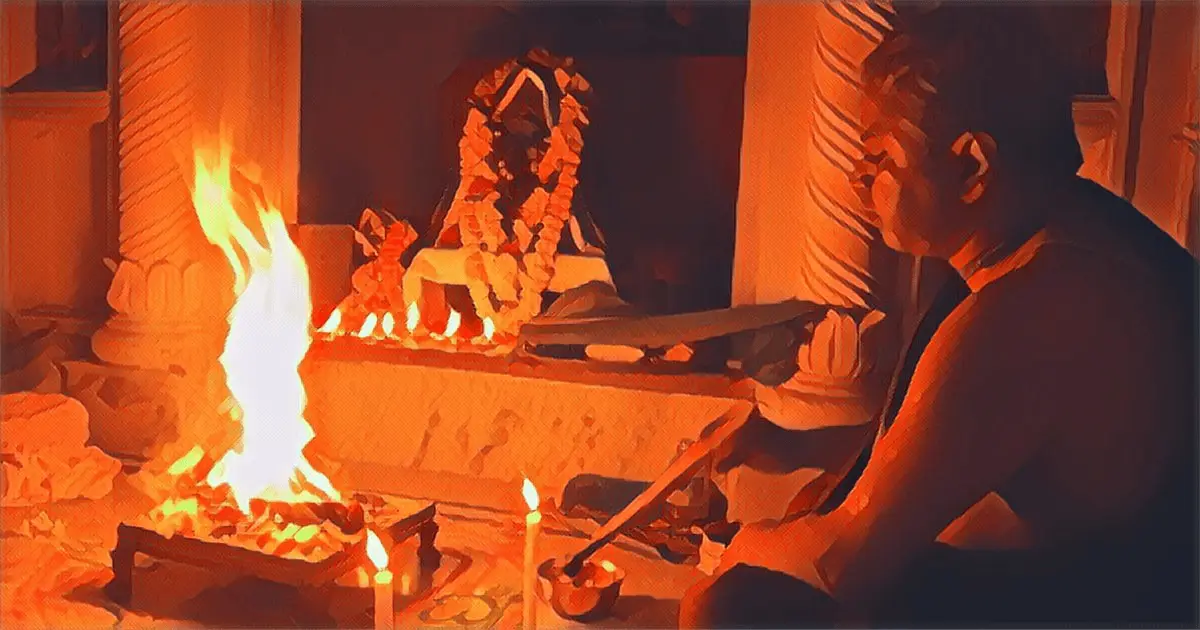The Earth Shall Remain
by Kedarnath Singh
I’m sure the earth shall remain, if not elsewhere, it shall remain in my bones; as a wood louse lives in the trunk of a tree, as a weevil lives in a seed, the earth shall remain in me even after doomsday; if not, elsewhere, in my mortality. And one day, I shall rise with the entire earth, water and the tortoise, I shall rise and set out to meet someone I have promised to meet.
I first arrived in Giridih in the winter of 2014, as part of my MPhil fieldwork on tribal languages and education in Jharkhand. I was studying how multilingualism shaped learning in the Chota Nagpur plateau, how children moved between Santhali, Khortha, and Hindi with an ease that no textbook could predict, and how schooling often collapsed when language failed to translate the world it claimed to teach.
Water was not the object of study. But it kept appearing, not as a curriculum, but as a condition. It was there in folktales passed between generations, in sowing songs sung in rhythmic cadence with the rains, and in quiet references to landscapes that appeared and disappeared with the monsoon.
One afternoon, in a village near Dumri block, I asked a teacher where the river was. He pointed into a stretch of millet fields and tamarind trees. “Wahi hai nadi,” he said. “Jab barish hoti hai, chalti hai. Baaki samay mitti mein hoti hai.” The river, he meant, ran when it rained. The rest of the year, it returned to the soil.
I looked again. There was no visible channel, no flowing water, no bank. Only wetness, pooled in ditches and folded into clay. It was then that I began to understand: what was absent was not the river, but the line we expected to find.
Official maps described Giridih as part of the Damodar basin. Planning documents referred to minor rivers, tributaries, and seasonal streams. But these designations had little correspondence to what the land showed, or what the people recognized. The geography here was shaped less by flow and more by seepage. It held water without announcing it. It responded to the sky, not to survey lines. It retained memory, not direction.
Years later, I would find words for this dissonance in the work of architect and theorist Dilip da Cunha. In his writing, the river is not a natural feature waiting to be mapped. It is an invention. A line drawn across a rain-fed terrain by engineers and cartographers who needed water to behave. The river, he argues, is a fiction that became fact, a line that became law.
Giridih made that fiction visible to me. The people I met did not need a river to explain their water. They worked with wetness - collected it in tanks, followed its logic in planting cycles, respected its elusiveness. What they practiced was not hydrology in the modern sense, but a synthesis of moisture, absorption, and retreat.
And yet, the state imagines otherwise.
Across India today, rivers are being dammed, diverted, linked, cleaned, and consecrated. Smart cities rise along their edges. Highways leap across them. Policies speak of rejuvenation, but they rarely ask what was lost in the act of river-making to begin with. In planning rooms and ministries, the river is a given. Its line is a certainty. But on the ground, in Bihar’s floodplains, in Mumbai’s estuaries, in Chennai’s dry lakes, it is something else entirely: a site of confusion, contradiction, even erasure.
This essay traces the consequences of that erasure. It begins with the idea of the river- not as fact, but as fiction made real. Through the lens of Dilip da Cunha’s work, and the histories of Indian development, it seeks to ask: What did we do to the water when we drew the river?
The Invention of the River
The river, as we now understand it- a continuous, directional flow from origin to mouth- is a relatively recent idea in the history of how humans have lived with water. It is tempting to think of rivers as self-evident features, as natural as the sun or the mountains. But as Dilip da Cunha argues, the river is not simply found in the landscape. It is made- through representations, abstractions, and intentions.
Da Cunha traces this invention to a specific epistemic moment: when European cartographers, administrators, and engineers began to impose a line-based logic on the world’s wet places. For them, the river offered order. It allowed for the demarcation of territories, the construction of boundaries, the control of floods, and the calculation of flows. The line, drawn in blue, promised predictability in an otherwise messy and monsoonal world.
In India, this imagination took hold with particular force during the colonial period. James Rennell, one of the East India Company’s early surveyors, began mapping the Ganga in the late 18th century, not as a seasonal presence but as a continuous channel. These early maps did not emerge from observation alone. They were acts of projection. As Kapil Raj has shown, the colonial map was not a neutral depiction of terrain. It was a claim- on land, on sovereignty, on knowledge.
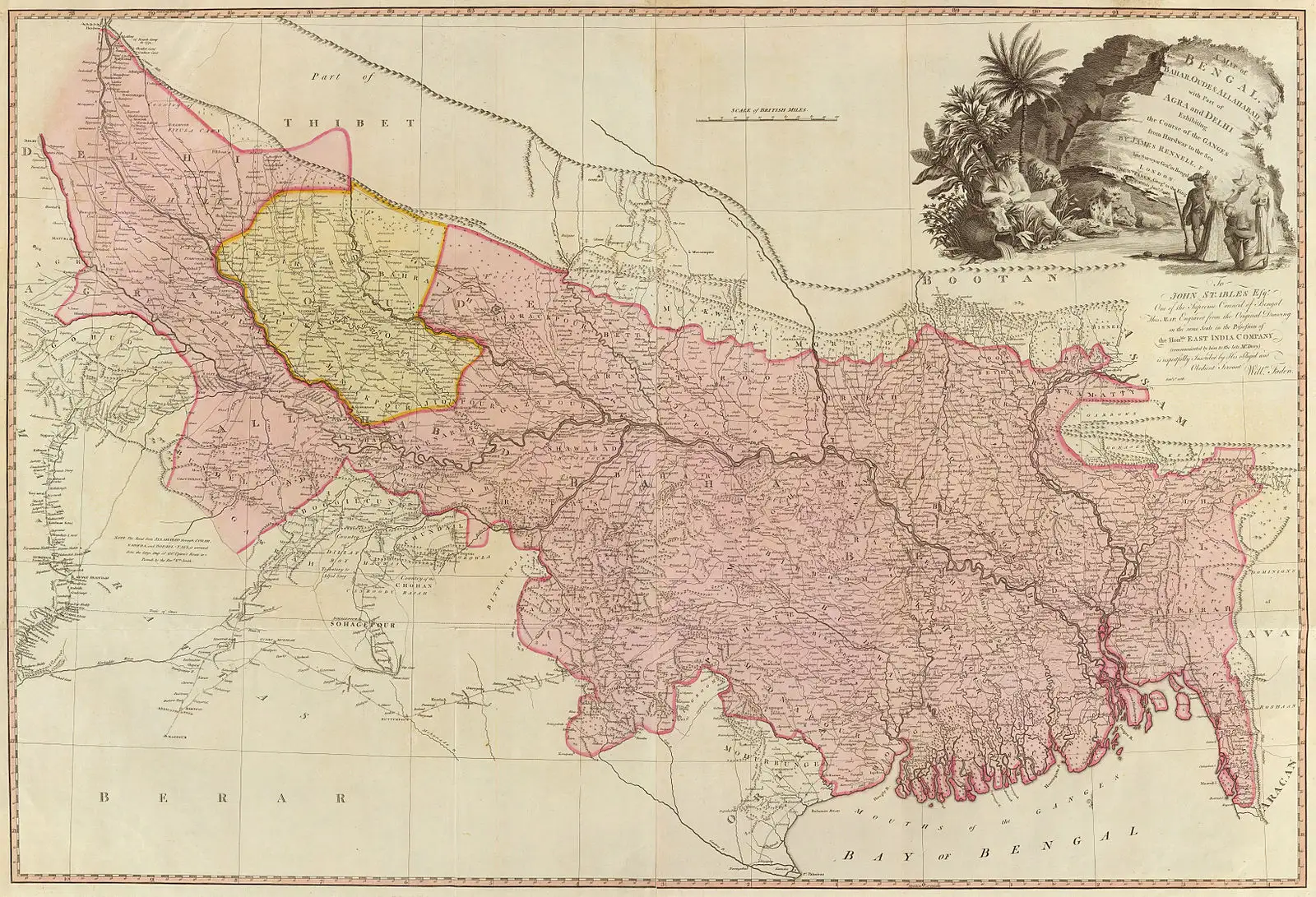 The first colonial river imaginary created by James Rennell
The first colonial river imaginary created by James Rennell
To make the river visible, other forms of water had to be made invisible. Marshes, estuaries, floodplains, rivulets, tanks, and seasonal swells were flattened into the background. Wetness was treated as deviation. The river alone became the subject.
This abstraction found its twin in engineering. The Irrigation Commissions of the 19th century took the river-as-line and converted it into an object of statecraft. Dams were designed to regulate flow, canals to direct it, and embankments to confine it. The Ganga, Brahmaputra, and Godavari became the arteries of a hydraulic empire. Flow was no longer a relationship between rain and soil, but a matter of supply and demand.
The consequences of this transformation were profound. Flooding, once absorbed by the land through dispersed wetlands, became a disaster to be managed. Villages relocated to higher ground, not because the rivers had changed, but because the maps had. Rivers were taught to behave. And so were people.
Post-independence, this logic did not disappear. If anything, it intensified. The Nehruvian dream of nation-building was cast in concrete. Dams became the new temples of modern India. Large-scale river valley projects—from Bhakra-Nangal to Hirakud—promised irrigation, electricity, and industrial progress. What mattered was control. The monsoon was to be mastered, not endured.
But the terrain resisted.
Even today, the Indian subcontinent receives more than 75 percent of its annual rainfall in just four months. The water arrives not in lines but in bursts. It does not flow in obedient paths. It spreads, it soaks, it swells, it retreats. It does not respect the precision of canal grids. And yet, planning continues to treat water as if it were a pipe: linear, measurable, amenable to command.
This mismatch- between what da Cunha calls the “line of the river” and the lived reality of a “wetness terrain”- is not just a philosophical dilemma. It is a crisis of policy, infrastructure, and imagination. The floods that inundate Bihar each year are not just meteorological events. They are the outcome of a river forced into form. The drying lakes of Chennai, the sewage-choked Yamuna in Delhi, the dammed and drowning valleys of Uttarakhand- each bears the imprint of this cartographic fiction.
What da Cunha offers is not nostalgia for a pre-modern past, but a radical reframing of the present. He asks: what if we stopped thinking of rivers as lines and began thinking of water as a field? What if we treated rain not as a problem to be drained, but as a presence to be held? What if design followed wetness, instead of fighting it?
These are not idle questions. They strike at the heart of how India imagines itself. Is the river a symbol of civilization, a corridor of commerce, a sacred body, or a stubborn anomaly to be tamed?
Or is it, as in Giridih, simply the land remembering the rain?
Development and the Dam-ination of Water
In the early decades of independent India, rivers were no longer just lines on a map. They became pillars of national aspiration. Jawaharlal Nehru, in a speech that now feels both iconic and haunting, called large dams the “temples of modern India.” In these temples, the gods were progress and planning. Water, once regarded as cyclical, moody, and embedded in cultural rhythms, was now reimagined as an obedient servant of development. The hydraulic state was born.
This state approached water as a resource to be captured, stored, and distributed. Its heroes were engineers, not farmers. Its method was concrete. And its metaphysics was rooted in control.
Throughout the 1950s and 60s, dam construction became the face of nation-building. The Bhakra-Nangal dam was not just a structure. It was a monument to sovereignty, a visible expression of man’s ability to rise above nature. The Hirakud dam in Odisha and the Tungabhadra project in Karnataka followed similar logics. These were not just river management schemes. They were fantasies of permanence built in a landscape defined by ephemerality.
But as Rohan D’Souza has shown in his meticulous history of the embankment system in colonial Bengal, these interventions did not so much manage floods as manufacture new ones. By attempting to fix the flow of rivers that had never stayed fixed, the state created fragile ecologies held together by continuous maintenance and blind faith.
The postcolonial state inherited it while giving it a new moral grammar. Where the colonial regime had sought profit, the independent Indian state sought legitimacy. Dams promised that no drop of rain would go to waste. Canals promised agricultural surplus. Embankments promised protection from floods. Even when these promises failed, their symbolic power endured.
That symbolic power has only deepened in recent decades, though it has changed form. The neoliberal developmental state speaks not only in the language of control but also of rejuvenation. The rivers must now be “cleaned,” “revived,” “restored.” But the frameworks of this revival remain largely unchanged.
Take the Namami Gange mission. Launched with great fanfare in 2014, it promised to clean the Ganga through an integrated mix of sewerage treatment plants, riverfront beautification, crematorium modernization, and public awareness campaigns. But the underlying imagination remains the same: the river as a channel to be managed, a brand to be redeemed, a spectacle to be offered up to global investors.
Elsewhere, even more ambitious dreams are unfolding. The Interlinking of Rivers (ILR) project envisions a country-wide system of canals connecting the “water-surplus” rivers of the east and northeast with the “water-deficit” basins of the west and south. It promises to move water like merchandise, to iron out the monsoon’s unruliness with a spreadsheet’s symmetry.
But this dream, too, is born of the same fiction: that rivers are linear, measurable, and interchangeable. That the Brahmaputra, with its sediment-rich flows and seismic instability, can be yoked to the arid landscapes of Rajasthan with a few hundred kilometers of canal. That hydrology is universal. That terrain doesn’t matter.
What’s missing from this vision is precisely what da Cunha and others insist we return to: the rain, the soak, the local, the lived. The ILR project doesn’t account for how people relate to water as memory, as rhythm, as ethics. It doesn’t acknowledge how different rivers carry not just different flows, but different cosmologies.
And yet, these mega-projects persist because they offer the illusion of certainty. They allow the state to demonstrate activity, to signal modernity, to promise control in a climate of crisis. In this sense, the river is no longer a body of water. It is a performance. A site where politics, capital, and climate anxiety meet.
But performances leak. Control fails. And the terrain remembers.
In Bihar, despite decades of embankments, the Kosi still floods unpredictably, changing course and erasing entire villages. In Uttarakhand, the damming of mountain rivers has triggered landslides, cloudbursts, and infrastructural collapse. In Mumbai, the choking of natural estuaries has turned rainfall into catastrophe. The terrain is telling us something. But the line on the map does not listen.
What would it mean to listen?
Perhaps, as da Cunha suggests, it would mean shifting from the idea of river-as-line to water-as-field. It would mean giving up the fantasy of control, and returning to the reality of rhythm.
It would mean, in other words, learning to live with the rain.
Toward a New Meaning of Water
What would it mean to move beyond the river to live with the rain? To stop drawing lines and start reading surfaces? To stop planning for flow and begin listening for soak?
Dilip da Cunha proposes not a reform, but a reorientation. His provocation is deceptively simple: that the river, as we know it, is a product of a certain understanding- a system of signs and assumptions that privileges lines over fields, continuity over contingency, and control over complexity. If we wish to live more justly with water, we must change the grammar. We must learn to think not in terms of rivers, but in terms of wetness.
Wetness is not a place. It is a condition. It spreads. It pools. It lingers. It absorbs the rain instead of draining it. It refuses the clarity that the map demands. It invites ambiguity, multiplicity, and patience. And above all, it insists on relationships.
India once had such a vast vocabulary for these relationships. It lived in the johads of Rajasthan, the ahars and pynes of Bihar, the vavs of Gujarat, the chaals of Kumaon, the kulhs of Himachal, the eris of Tamil Nadu and the baolis/baoris of Delhi and Telangana. These were not just technologies. They were forms of care-practices rooted in observation, maintenance, and mutuality. They accepted the monsoon’s temperament and responded with attentiveness rather than aggression.
But in the age of the river, these systems were dismissed as backward. Their users were rendered invisible. And their epistemologies were replaced by hydrological models that saw water as a unit to be extracted, transported, and consumed.
To recover wetness, then, is not simply to build more tanks or revive old systems. It is to unlearn the line. It is to recognize that planning must begin not with infrastructure, but with terrain; not with supply, but with seasonality; not with command, but with cooperation.
What might this look like?
In urban design, it could mean treating rain not as a problem to be evacuated through stormwater drains, but as a gift to be absorbed. Cities like Bengaluru and Gurugram have turned their lakes into real estate. But what if they were treated as sponges, allowed to expand and contract with the monsoon? What if zoning laws were built around catchments, not corridors?
In agriculture, it could mean shifting from water-intensive crops and all-weather irrigation to seasonal cropping, millet revival, and soil-moisture retention. The farmer in Giridih already does this—adapting to uncertainty rather than resisting it. Policy, instead of disciplining her choices, could begin by learning from her improvisations.
In pedagogy, it could mean reintroducing the idea of water as culture—as something lived, sung, storied. Schoolchildren might learn not only the water cycle, but the stories of their local tank or stream. They might trace not just rivers from map to sea, but raindrops from roof to root.
In governance, it would mean dissolving the artificial boundaries between ministries- rural development, environment, water resources- and creating institutions that mirror the interconnectedness of wetness. It would mean empowering communities to manage water as commons, not commodity.
And in ethics, it would mean humility. A willingness to accept that water will never be fully ours. That it will exceed the plans we make. That it will disappear into the soil when we are not looking.
This is not about abandoning technology. It is about repositioning it. The tools of modern hydrology can be used differently. Satellite data, GIS mapping, soil sensors- all of these can serve the terrain of wetness if they are not deployed to enforce the line but to understand the field. The question is not whether we have the capacity. It is whether we have the imagination.
To imagine water without the river is not a small thing. It is to let go of the most powerful symbol of civilization we have. It is to reject the myth of mastery and embrace the truth of interdependence. It is to move, as da Cunha writes, from line to place, from certainty to context, from river to rain.
To imagine water without the river is not a small thing. It asks us to give up the promise of control and to embrace the truth of interdependence. It asks us to shift from line to place, from certainty to context, from river to rain. That movement might well decide the future of India’s ecological sanity.
From “Who gather crowds to chain the waterfall”
by K. Satchidanandan
Who gather crowds to chain the waterfall, Even as she begins to roll down laughing and shouting, And reach for the carpenter’s scale to measure her.
References
- Da Cunha, D. (2019). The invention of rivers: Alexander's eye and Ganga's descent (p. 221). Philadelphia: University of Pennsylvania Press.
- D'Souza, R. (2006). Drowned and dammed: colonial capitalism and flood control in Eastern India. Oxford University Press.
- Raj, K. (2007). Circulation and the emergence of modern mapping: Great Britain and early colonial India, 1764–1820. In Relocating Modern Science: Circulation and the Construction of Knowledge in South Asia and Europe, 1650–1900 (pp. 60-94). London: Palgrave Macmillan UK.
- Satchidanandan, K. (2009). Who gather crowds to chain the waterfall. In While I write: New and selected poems (pp. 112–113). HarperCollins India.
- Singh, K. (2018). The earth shall remain (K. Singh-Chitnis, Trans.). World Literature Today. Retrieved from https://www.worldliteraturetoday.org/2018/november/two-poems-kedarnath-singh
